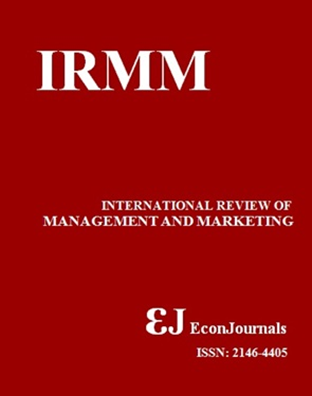Assessing Livelihood among Entrepreneurs in Sindh Pakistan: Construct Development and Measurement
Abstract
Sustainable Livelihoods Index (SLI) is most commonly used tool to assess the livelihood assets at disaster hit area. The objective of this study was to operationalize the construct of livelihood and formulate its scale by testing its psychometric properties. Initially, a non-systematic narrative review of existing literature was performed and afterward a scale was developed to formulating a questionnaire on livelihood. The questionnaire was distributed among 222 entrepreneurs at disaster hit areas at Sindh, Pakistan. The results showed that the construct of livelihood is composed of five dimensions called livelihood (Capitals/Assets) are Social, Human, Natural Resource, Financial, and Physical Capital; current study has included items that cover all five dimensions. The psychometric analysis revealed that SLI is a reliable and valid tool; the reliability result showed that Cronbach's Alpha coefficients were in the range from 0.76 to 0.88; and validity results showed that the Average Variance Extracted (AVE) and Factor Loadings were also within the acceptable ranges (above 0.50). Study concludes that the construct of livelihood is a dynamic construct as it could be interpreted according to the geographical and socioeconomic changes. Moreover, the SLI is a valid and reliable tool for the assessment of the construct of livelihood. Therefore, this index can successfully be used to measure livelihood at Pakistan.Keywords: Livelihood; Entrepreneurs; Construct Development; Reliability; ValidityJEL Classification: L26Downloads
Download data is not yet available.
Downloads
Published
2016-05-27
How to Cite
Yusoff, R. M., Kazi, A. G., & Khan, M. M. (2016). Assessing Livelihood among Entrepreneurs in Sindh Pakistan: Construct Development and Measurement. International Review of Management and Marketing, 6(4S), 271–276. Retrieved from https://econjournals.com/index.php/irmm/article/view/2498
Issue
Section
Articles




